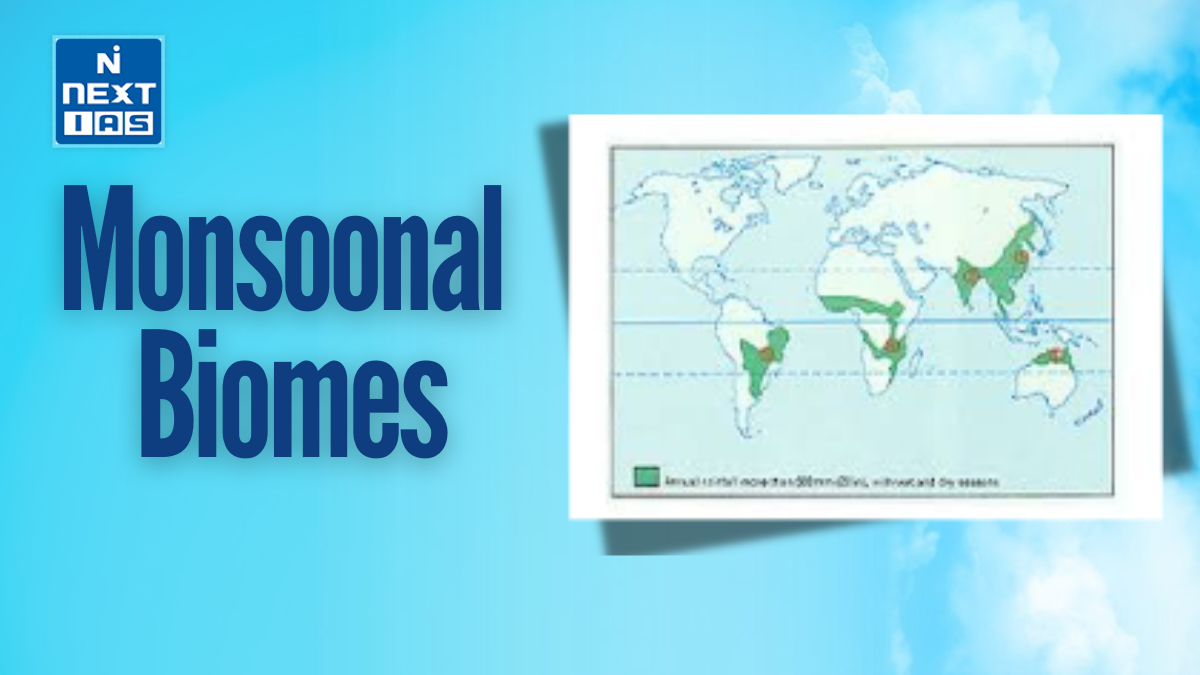
Clouds are visible masses of tiny water droplets or ice crystals suspended in the atmosphere. They form through condensation when moist air cools and reaches saturation. Clouds play a crucial role in Earth’s weather, reflecting sunlight, trapping heat, and influencing precipitation, making them essential to the planet’s climate system.
About the Clouds
- Clouds are an essential part of Earth’s atmosphere, consisting of tiny water droplets, ice crystals, or a mix of both, suspended in the air.
- They form when warm, moist air rises, cools, and condenses around microscopic particles like dust or pollen.
- Depending on their formation process and altitude, clouds are classified into types such as cirrus (wispy, high-altitude), cumulus (fluffy, white, low-altitude), stratus (layered, low-altitude), and nimbus (rain-producing).
- Clouds play a critical role in the water cycle, facilitating precipitation and regulating Earth’s temperature.
- They reflect solar radiation, contributing to cooling, and trap heat, affecting the greenhouse effect. Clouds are also indicators of weather conditions; for instance, towering cumulonimbus clouds signal thunderstorms, while cirrus clouds often indicate fair weather.
- Understanding clouds helps meteorologists predict weather patterns and study climate systems, showcasing their importance in maintaining Earth’s ecological and atmospheric balance.
Types of Clouds
Clouds are classified based on their appearance and altitude. The main types include:
High-Level Clouds (Above 20,000 feet or 6,000 meters)
- Cirrus (Ci): Thin, wispy, and ice-crystal-based; indicate fair weather or approaching change.
- Cirrostratus (Cs): Transparent, whitish veil covering the sky; often precede precipitation.
- Cirrocumulus (Cc): Small, white, fluffy patches resembling ripples; rare and short-lived.
Mid-Level Clouds (6,500 to 20,000 feet or 2,000 to 6,000 meters)
- Altostratus (As): Gray or blue-gray sheets that obscure the sun; often precede storms.
- Altocumulus (Ac): White or gray patches in layers; can signal upcoming thunderstorms.
Low-Level Clouds (Below 6,500 feet or 2,000 meters)
- Stratus (St): Gray, uniform layers; bring overcast skies and light drizzle.
- Stratocumulus (Sc): Low, lumpy clouds; often associated with fair but cool weather.
- Nimbostratus (Ns): Thick, dark, and widespread; produce steady rain or snow.
Vertically Developed Clouds
- Cumulus (Cu): White, fluffy clouds with flat bases; signal fair weather.
- Cumulonimbus (Cb): Towering clouds; bring thunderstorms, heavy rain, and severe weather.
Process of Formation of Clouds
The formation of clouds is a fundamental part of the water cycle, involving the transformation of water from vapor to liquid or ice suspended in the atmosphere. Here’s a step-by-step outline of the process:
Evaporation
- Water from oceans, lakes, rivers, and other surfaces absorbs heat and turns into water vapor.
- Plants also release moisture into the air through transpiration.
Rising Air
- Warm, moist air is less dense and rises into the atmosphere.
- This upward movement is caused by various factors, such as convection (heating of the ground), orographic lifting (air rising over mountains), or convergence (air masses meeting).
Cooling of Air
- As the air rises, it encounters lower atmospheric pressure, causing it to expand and cool.
- Cooling reduces the air’s ability to hold moisture, increasing its relative humidity.
Condensation
- When the air cools to its dew point, water vapor condenses around tiny particles like dust, salt, or pollen (called condensation nuclei), forming water droplets or ice crystals.
Cloud Formation
- The accumulation of these tiny droplets or crystals forms a cloud.
- The type and appearance of the cloud depend on factors like altitude, temperature, and humidity.
Growth and Development
- Additional condensation or the merging of droplets can cause clouds to grow.
- If the droplets become heavy enough, they fall as precipitation (rain, snow, or hail).
This process demonstrates the continuous interaction between water and atmospheric conditions, essential for weather patterns and Earth’s water cycle.
Significance of Clouds
Clouds play a crucial role in maintaining Earth’s atmospheric balance and supporting life. Their significance can be understood through the following key points:
Weather and Climate Regulation
- Temperature Control: Clouds reflect sunlight, helping cool the Earth during the day, and trap heat at night, maintaining temperature balance.
- Climate Influence: High-altitude clouds like cirrus contribute to warming by trapping heat, while low-altitude clouds like stratus help cool the surface by reflecting sunlight.
Precipitation and Water Cycle
- Clouds are essential for the water cycle, as they store and distribute water through precipitation, ensuring the availability of freshwater for ecosystems and human needs.
Agricultural Importance
- Cloud patterns and precipitation directly influence crop growth and agricultural productivity.
Indicators of Weather Changes
- Clouds act as visual indicators of upcoming weather, helping in forecasting conditions like storms, rain, or clear skies.
Ecological and Aesthetic Value
- Clouds create diverse and dynamic skies, adding beauty to the environment and influencing artistic and cultural expressions.
Energy Dynamics
- Clouds influence solar and terrestrial radiation, affecting energy distribution on Earth and playing a role in renewable energy (e.g., solar power).
Clouds are vital for Earth’s environmental, ecological, and climatic systems, serving as carriers of water, heat regulators, and indicators of atmospheric changes. Understanding clouds is essential for predicting weather and mitigating climate-related challenges.
Way forward
- The way forward for understanding clouds involves advancing scientific research through satellite monitoring, artificial intelligence, and climate models to analyze their formation, behavior, and impact on weather and climate. Promoting public awareness about their role in the water cycle and climate regulation is essential.
- Additionally, international collaboration in cloud-related studies can enhance predictions of extreme weather events and climate changes, helping mitigate risks. Sustainable practices to reduce pollution are also critical to preserving natural cloud formation processes.
Conclusion
Clouds are essential components of Earth’s atmosphere, influencing weather, climate, and the water cycle. They regulate temperature, distribute water through precipitation, and serve as indicators of atmospheric changes. By understanding clouds, we can better predict weather, manage resources, and address environmental challenges, highlighting their critical role in sustaining life.
GS - 3





